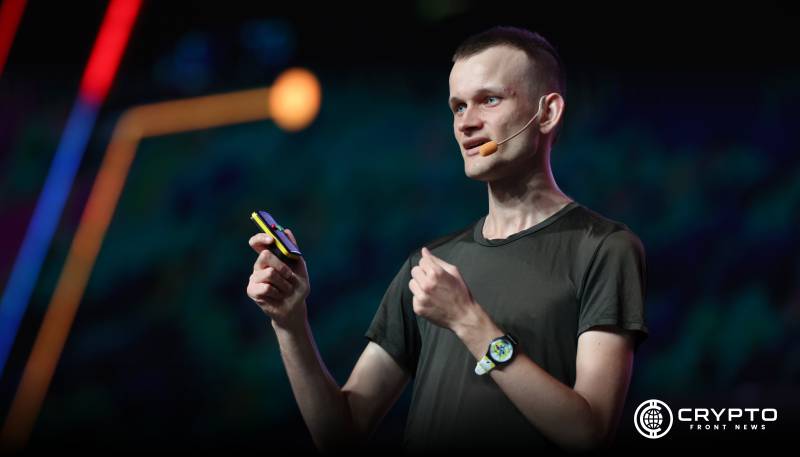- Vitalik Buterin envisions Ethereum nodes operating on mobile devices, making the network more accessible to a broader audience.
- Buterin believes advances in mobile storage and computing will allow light Ethereum node operations, reducing technical barriers for users.
- Ethereum’s continuous upgrades, including mobile node integration, highlight its strategy to maintain dominance against rivals like Solana and Cardano.
Vitalik Buterin, Ethereum’s co-founder, remains optimistic about the blockchain’s evolution over the next decade. Speaking on the Bankless podcast, Buterin revealed his vision of enabling Ethereum nodes to run on mobile phones, signaling a major step in decentralizing the network further. As the largest decentralized smart contract platform, Ethereum operates on nodes, typically run on powerful computers. But the next generation may see this shift to smartphones.
Simplifying Node Operations
Buterin believes the team will overcome existing technical barriers to run Ethereum nodes on mobile phones, leveraging advancements in mobile computing and storage. Current node operators require advanced computing setups to maintain the network. However, with breakthroughs in light computations, Buterin projects that future mobile nodes could handle critical tasks, such as solving elliptic curve equations and verifying cryptographic proofs, within seconds.
Addressing Storage and Data Challenges
As Buterin outlined, a major challenge lies in the heavy data loads required by Ethereum nodes. He acknowledged that while mobile devices are not yet equipped to handle such large datasets efficiently, advancements in storage technology could change that soon. He envisions mobile nodes downloading and hashing data in under 12 seconds, making the experience much more seamless for users.
Ongoing Ethereum Upgrades
Ethereum has consistently innovated through upgrades. One notable milestone was the transition from proof of work to proof of stake, known as the Merge. This change dramatically reduced Ethereum’s energy consumption and opened the door to more efficient processes. The recent Dencun upgrade, which reduced gas fees for Layer-2 networks, further demonstrated Ethereum’s commitment to enhancing user experience.
With Layer-1 competitors like Solana and Cardano gaining momentum, Ethereum’s focus on improving accessibility and scalability is critical. Buterin’s vision of mobile nodes represents a significant leap in reducing the barriers to entry for participants, potentially enabling millions more to help secure and run the network.




